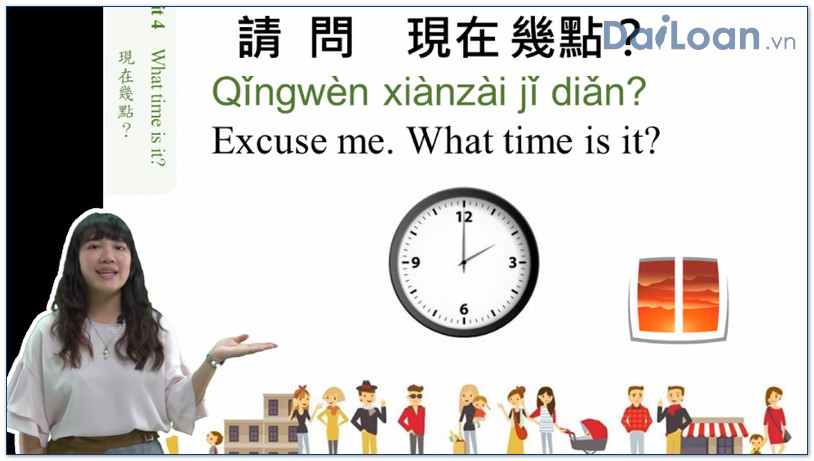Understanding the Chinese language is a rewarding challenge, especially when delving into nuanced terms like 搪塞 (táng sè). Throughout this article, we will unravel its meaning, examine its grammatical structure, and provide illustrative example sentences to enhance comprehension.
What Does 搪塞 (táng sè) Mean?
The term 搪塞 (táng sè) is commonly used in Chinese to convey the idea of dodging a question, evading responsibility, or providing a vague answer. Its usage often implies an attempt to avoid directness in communication. This can be particularly relevant in social situations where someone may want to sidestep an uncomfortable or probing inquiry.
Contextual Understanding of 搪塞
In conversational Chinese, 搪塞 can occur in various contexts, ranging from casual discussions among friends to formal business settings. Understanding the implications of using this term can significantly improve one’s interpretive skills in both spoken and written Chinese.
Grammatical Structure of 搪塞
Analyzing the grammatical structure of 搪塞 offers insight into its applications in syntax. Let’s break it down:
Components of 搪塞
- 搪 (táng): Often related to the concept of padding or cushioning. It sets the tone for the evasive nature of the term.
- 塞 (sè): Means to block or plug. This reinforces the idea of obstructing direct communication or clear responses.
Usage as a Verb
In terms of grammatical usage, 搪塞 serves primarily as a verb. In sentences, it is often followed by the object of the evasion.
Example Sentences Using 搪塞
Understanding a term is greatly enhanced by seeing it in action. Here are several example sentences that illustrate the use of 搪塞.
Example 1:
他总是用一些搪塞的理由来推脱责任。
Translation: He always uses some evasive excuses to shirk responsibility.
Example 2:
当我问他这个问题的时候,他只是搪塞,没有回答我的问题。
Translation: When I asked him this question, he only dodged it without answering me.
Example 3:
在会议上,她对这个敏感话题进行了搪塞,以避免争论。
Translation: During the meeting, she dodged this controversial topic to avoid a dispute.
Conclusion
In conclusion, mastering terms like 搪塞 (táng sè) is crucial for anyone looking to navigate the complexities of the Chinese language. Its multifaceted meanings and grammatical structure not only enrich our vocabulary but also deepen our cultural understanding.
Whether you are an advanced learner or just starting your Chinese language journey, familiarizing yourself with such expressions will enhance your fluency and communicative competence. Dive deeper into the nuances of Chinese and continue to explore the rich tapestry of words that this beautiful language has to offer!

Sứ mệnh của Chuyên là giúp đỡ và truyền cảm hứng cho các bạn trẻ Việt Nam sang Đài Loan học tập, sinh sống và làm việc. Là cầu nối để lan tỏa giá trị tinh hoa nguồn nhân lực Việt Nam đến với Đài Loan và trên toàn cầu.
CÓ THỂ BẠN QUAN TÂM
Du học Đài Loan
Lao Động Đài Loan
Việc Làm Đài Loan
Đơn Hàng Đài Loan
Visa Đài Loan
Du Lịch Đài Loan
Tiếng Đài Loan
KẾT NỐI VỚI CHUYÊN
Zalo: https://zalo.me/0936126566
Website: www.dailoan.vn



